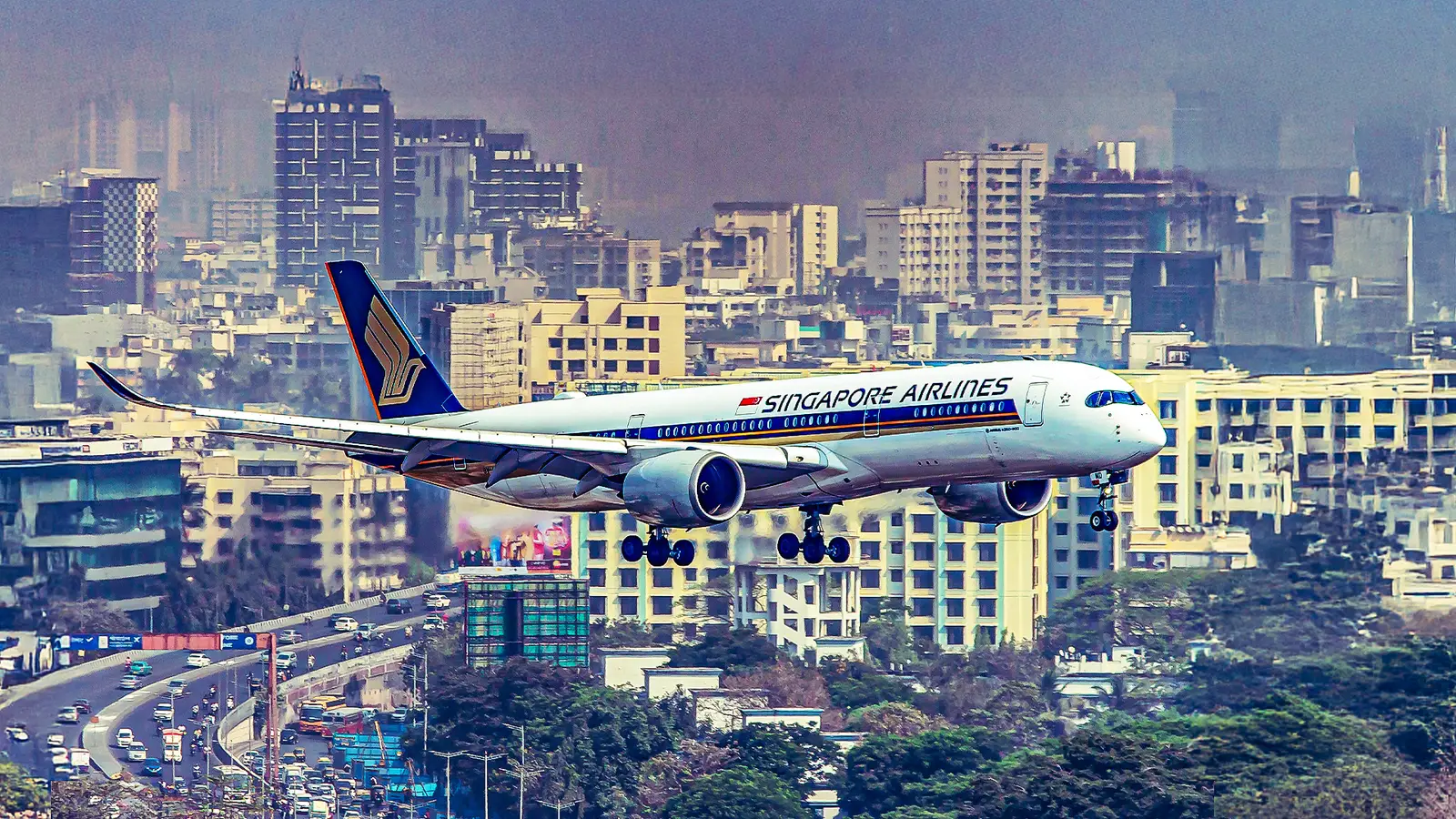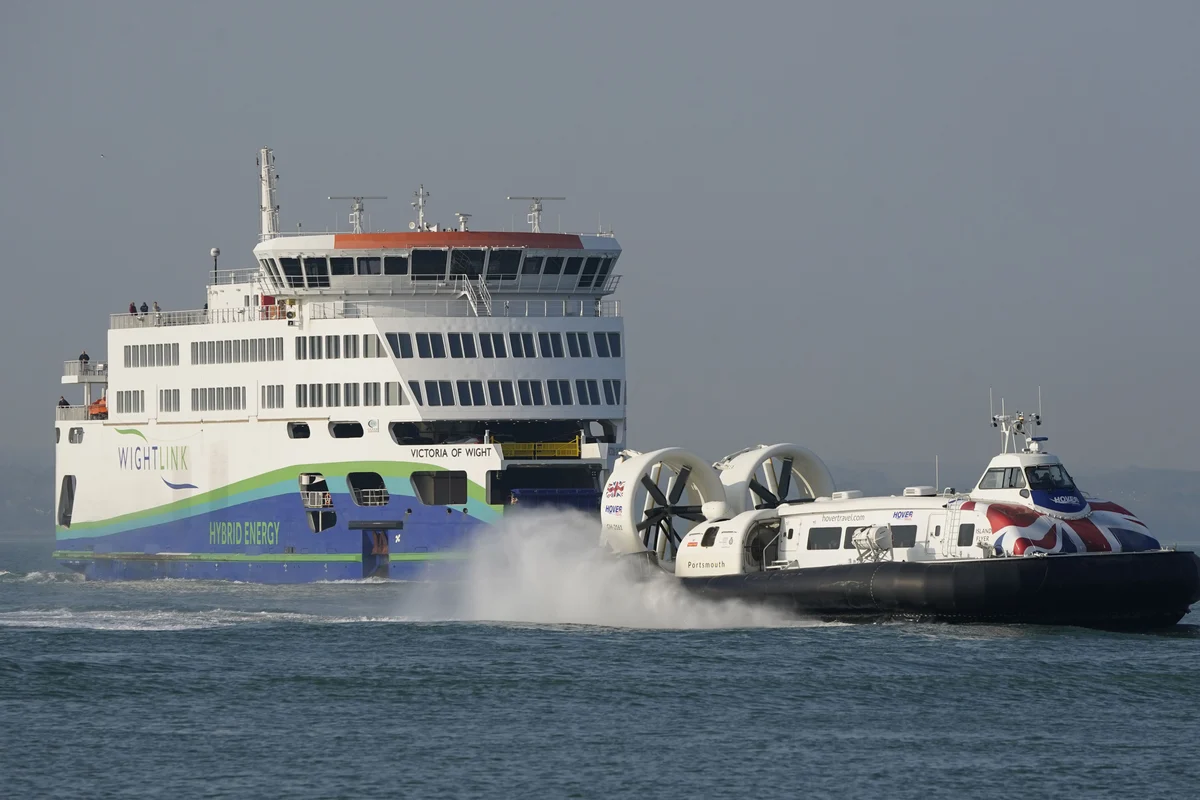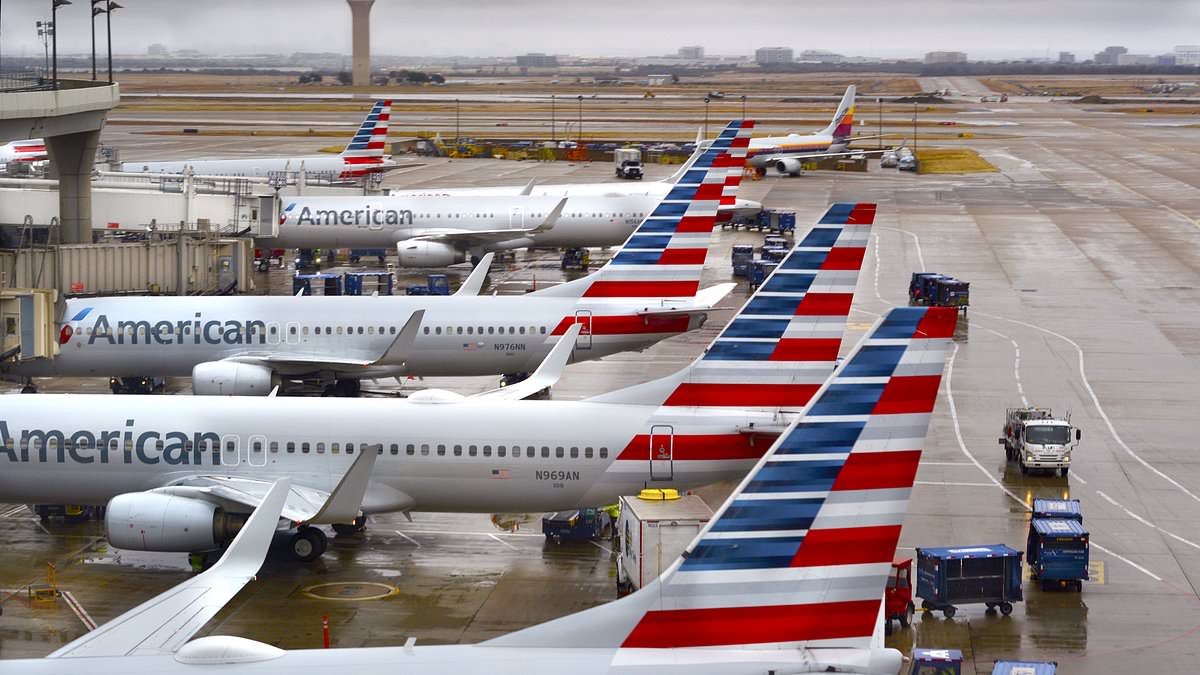Copyright Simple Flying

Ultra-long-haul flights, as categorized by Simple Flying, are services exceeding 8,000 nautical miles in length, take more than 15 hours to travel from gate to gate, and they are the ultimate operational stress test for an airline. Only a handful of carriers actually fly these services routinely, each choosing to do so for a different strategic reason. This allows them to link financial centers nonstop, tap deeper into diaspora flows, defend fortress hubs, and even capture high-yield premium traffic that will not tolerate the inconveniences of a connecting flight. New kinds of long-haul aircraft make this possible, with next-generation, long-range twin-engine aircraft like the Airbus A350-900ULR, the A350-1000, and the 787-9 also bringing significant benefits. These jets offer not only range but also lower cabin altitude and humidity, making the experience both survivable and sellable. Behind the scenes, there are polar routings, crew bunk logistics, overall fatigue rules, and clock-smart schedules that ultimately wring utility out of one airframe day in, day out. These kinds of marathon flights can fundamentally reshape airline route networks, with a single nonstop service rerouting global flows, unlocking slot-constrained airports, and even helping tilt corporate contracts in an airline's favor. We examine the eight airlines that operate the most long-haul services, using statistical data made available to Simple Flying by aviation analytics firm Cirium. Starting from iconic city pairs like Singapore Changi International Airport (SIN) to New York's John F. Kennedy International Airport (JFK), we will break down who is leading the way in the world of ultra-long-haul aviation. What Is Our Methodology For This Analysis? We use a route-level schedule analysis to identify and evaluate ultra-long-haul sectors. For starters, all the routes analyzed exceed our threshold of 8,000 nautical miles. We analyze across multiple categories, including monthly one-way flights, total seats, and available seat miles (ASMs). We identify which airline operates not only the longest flights, but also those that choose to do so at the highest overall frequencies. Some of the routes on our list are operated only once per day, with 30 total monthly one-way flights between a destination pair. Some of these services actually see enough demand to exceed this threshold instead of offering twice-daily service. We divide seats by flights to yield an average number of seats per departure, which we use as a proxy for the overall aircraft type. Figures like 161 seats suggest flights operated by aircraft like the Singapore Airlines Airbus A350-900ULR. Higher-gauge services, such as those with more than 400 seats, suggest a higher-capacity aircraft like the Emirates Airbus A380. We aggregate this analysis at the carrier level in order to get a larger snapshot of overall operational capabilities, including how each airline deploys its capital. There are significant limitations to this methodology, including distances calculated using great-circle approximations and overall operational shifts that could be actively affecting frequency, gauge, or aircraft routing. A Brief Overview Of Long-Haul Capacity Deployment Ultra-long-haul capacity is currently concentrated in just a few corridors as opposed to all across the globe. Singapore Airlines operates the longest flight globally, with services from New York's John F. Kennedy International Airport (JFK) pushing upwards of 9,400 miles (15,261 km) and a muscular trunk route between San Francisco International Airport (SFO), both of which connect to the airline's Singapore base. United Airlines also operates this trunk route, but it instead uses larger aircraft and takes the raw capacity edge on that particular city pair. In the Gulf, Emirates and Qatar Airways control the channel across the South Indian Ocean. Flights push upwards of 8,800 miles (14,175 km), and these services are among the globe's highest-capacity ultra-long-haul links. They can be operated thanks to aircraft capable of serving this kind of demand at scale. Qantas uses its ultra-long-haul capabilities to bypass traditional hubs, including routes from Auckland to New York and Perth to London, both of which cover upwards of 8,800 miles. The following table contains additional details related to the highest-frequency ultra-long-haul routes: Light-gauge ultra-long-haul aircraft have yielded a completely different kind of ultra-long-haul service. Now, flights connect Houston's George Bush Intercontinental Airport (IAH) and Sydney International Airport (SYD), as well as destinations like Manila in the Philippines, from which services are now operated all the way to John F. Kennedy International Airport (JFK) in New York City. Airlines either pitch ultra-long-haul premium jets with few economy seats or they choose to deploy very large aircraft, which can be justified by high overall demand. What Are Our Key Takeaways From This Information? There are three patterns that stand out. Foremost, leadership follows from fleet specialization and overall hub geography. Singapore Airlines is currently the only carrier operating flights on four distinct ultra-long-haul city pairs at a sustained overall frequency. The aircraft offers the smallest seat count per flight. Available seat miles (ASMs) will be capped, but they tilt the mix towards overall reliability at the expense of weight. The airline has the fewest seats per flight, with around 161 on the route between Singapore Changi International and JFK. By contrast, Emirates and Qatar Airways concentrate large amounts of ASMs on a single South Pacific spoke. Emirates operates more than 14,000 monthly seats across 30 flights, demonstrating the capabilities of its largest aircraft. Second, overall competition remains durable, even as corporate demand is at its deepest. Flights from San Francisco to Singapore operate in both directions every day, with multiple carriers competing. While United offers higher-gauge services, Singapore's lower-gauge service demonstrates its capacity to drive competitive dynamics. Ultra-long-haul flights serve as strategic bypasses of major hubs. Qantas' long-haul route from Perth to London Heathrow and Air New Zealand flights from Auckland to JFK highlight how these kinds of routings can fully bypass historic hubs. A similar route logic explains routes such as JFK to Manila, Atlanta to Johannesburg, and Jeddah to Los Angeles. Diaspora and corporate demand ultimately drive ultra-long-haul routes. Just because some people want to fly directly between two cities does not always mean that an airline can turn a profit doing so. What Are The Principal Risks An Airline Needs To Consider When It Launches An Ultra-Long-Haul Route? Ultra-long-haul routes magnify every risk that an airline chooses to take. Economics have to come first, with extreme stage length raising breakeven load factors because fuel burn, contingency fuel, and overall crew costs surge while overall payloads remain capped. Severe weather conditions can force weight restrictions on these routes, making it harder to predict cargo availability. The overall demand risk is mostly concentrated in premium cabins, driven primarily by corporate contracts. These types of contracts are relatively easy to predict, so airlines can understand when cracks in yields are beginning to form. From an operational perspective, ultra-long-haul flights have extremely thin recovery margins, and delays can ripple across multiple days. Diversions are extremely costly, and limited alternative routes complicate extended-range twin-engine operational performance standards (ETOPS). Overall, fatigue rules require augmented crews, the use of bunk beds, and expensive layovers. Irregular operations will ultimately blow through duty limits. Network and fleet risks include tying up scarce widebodies for stretches exceeding 17 hours. Finally, overall fuel-price volatility, emissions costs, and public scrutiny of long flights ultimately add to environmental and reputational risks. What Eight Airlines Operate These Ultra-Long-Haul Routes? Based on the data analyzed, the eight airlines operating ultra-long-haul routes include Singapore Airlines, Qantas, Emirates, Qatar Airways, Air New Zealand, and Philippine Airlines. United Airlines and Delta Air Lines both operate ultra-long-haul services. Singapore Airlines is the standout in this group with a pair of nonstop routes from New York to Singapore, as well as routes from both Los Angeles and San Francisco to Singapore. Qantas uses these kinds of ultra-long-haul flights to bypass hubs. It also uses these kinds of routes to connect to the United States. United Airlines' presence in these markets includes nonstop routes that connect its major hubs to far-flung destinations. Its route from Houston to Sydney made headlines when it launched as one of the longest services in history to be inaugurated by a US-based carrier. Delta Air Lines operates a near-daily service from Atlanta to Johannesburg, providing a nice nonstop link to its North American network. Air New Zealand's direct service to New York is the airline's new flagship route, and it joins Philippine Airlines in connecting the United States to the Asia-Pacific region with ultra-long-haul services. What Is Our Bottom Line? At the end of the day, ultra-long-haul flights are a unique service that offer a unique kind of flexibility for legacy carriers. Airlines like Singapore Airlines and Emirates operate marquee ultra-long-haul services that are core components of their global service networks. The vein of the global travel market these kinds of flights serve has historically been high-frequency, high-yield corporate travelers. These kinds of passengers consistently generate large amounts of revenue, and they are some of the most loyal travelers an airline can have. As a result, airlines will go to impressive lengths to cater to this kind of ultra-long-haul corporate traffic. This includes going out of their way to operate a logistically challenging route to operate a high-frequency connection between two corporate destinations.



